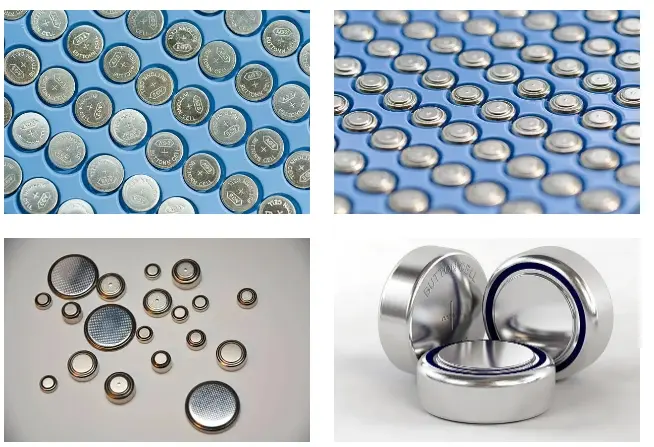
What are the 16CFR 1700.15 and 16CFR 1700.20 tests?
This policy applies to button batteries and coin cells, which are single-cell batteries used to power devices such as watches, computer clocks, hearing aids, and other small devices. Button batteries are also known as "coin cells" due to their shape, which is similar to a small disc with a diameter of 5 to 25 millimeters and a height of 1 to 6 millimeters. The bottom body (positive terminal) is typically made of stainless steel, while the metal top cover and bottom are insULated to form the negative terminal. Button batteries can provide a voltage of 1 to 5 volts and come in various forms, including alkaline, silver, zinc-air, and lithium batteries.
The product labels, safety information, compliance marks, hazard warnings, and images of all packaging sides of the products are displayed.

The original message from Amazon to sellers is as follows:
Dear Seller,
If you list products on Amazon, you must comply with all applicable federal, provincial, regional, and local laws and Amazon policies (including this policy) for these products and their information. As per Amazon's requirements, all button and coin cells must be tested and comply with the following regulations, standards, and requirements:
- 16 CFR Section 1700.15 (Child-Resistant Packaging Standards); and
- 16 CFR Section 1700.20 (Special Packaging Testing Procedures)
or one of the following:
- ANSI C18.3M (Safety Standard for Portable Lithium Primary Cells)
Products that may use button or coin cells include electronic watches, car keys, digital scales, electronic dictionaries, remote controls, calculators, computer motherboards, pedometers, telephones, walkie-talkies, cameras, smart devices, robots, mobile phones, etc.
Product Regulations:
The product regulations, standards, and requirements for button and coin cells are as follows:
- 16 CFR Section 1700.15 (Child-Resistant Packaging Standards); and
- 16 CFR Section 1700.20 (Special Packaging Testing Procedures)
or one of the following:
- ANSI C18.3M (Safety Standard for Portable Lithium Primary Cells)
The standards 16CFR1700.15 and 16CFR1700.20 are for packaging assessment,
while ANSI C18.3M focuses on battery assessment.
Product Regulations (02):
Standards | Application Range
- ul4200a: Products containing button batteries or where the battery is accessible and not intended to be replaced
- AS/NZS 62368.1
- AS/NZS 62115
- AS/NZS 60958.1: Products where the button battery cannot be replaced
- IEC60515
- ISO 8124.1
- AS/NZS 60598.1: Products with a battery compartment secuRED by screws or similar fasteners
- AS 5806 Child-Resistant Packaging: Consumer Product (Button/Coin Battery) Safety Standard 2020.
As shown in the first row of samples in Figure 1, products need to undergo this test (Button/Coin Battery) Safety Standard 2020.
- IEC 60086-4: As shown in the second row of samples in Figure 1, products need to undergo this test.
Button/Coin battery packaging should be designed to release only one battery at a time.
Testing Report Application Process:
1. Send samples (normally 2 pieces)
2. Fill out the application form (with platform, company name, product name, and manufacturer's address information)
3. Create a quotation and sign the contract with stamps (payment must be made before testing the product)
4. Send samples to the JJR laboratory in China for testing, with a testing period of 14 working days
5. Draft the report and confirm that the information is correct
6. Issue the official report
Email:hello@jjrlab.com
Write your message here and send it to us
 What Are the Testing Items of California Propositi
What Are the Testing Items of California Propositi
 E-Cigarette EU TPD Testing
E-Cigarette EU TPD Testing
 Testing Certification for E-cigarettes Exported to
Testing Certification for E-cigarettes Exported to
 What is Amazon US CPC Certification?
What is Amazon US CPC Certification?
 UK Toy Safety Regulation Standard EN 71-13
UK Toy Safety Regulation Standard EN 71-13
 What is EU UFI Registration?
What is EU UFI Registration?
 EU UFI Registration for E-cigarette E-liquid
EU UFI Registration for E-cigarette E-liquid
 How to get the MSDS Report for Electronic Cigarett
How to get the MSDS Report for Electronic Cigarett
Leave us a message
24-hour online customer service at any time to respond, so that you worry!




